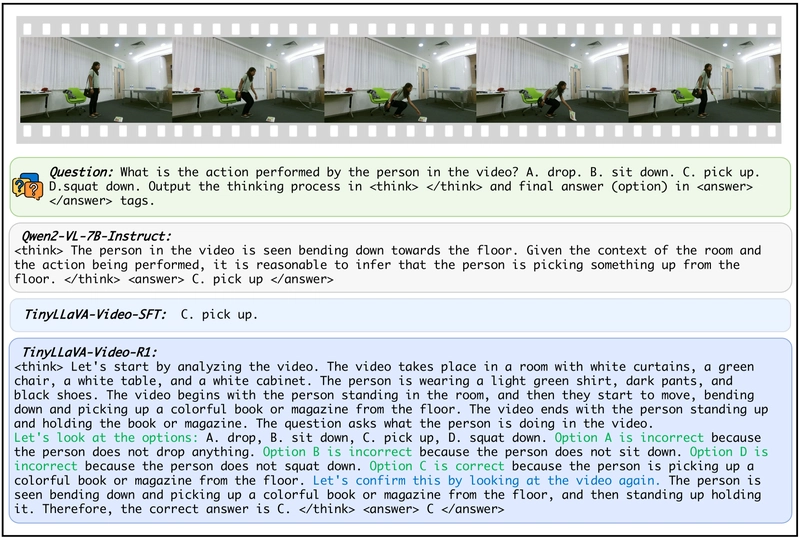First 10 Seconds That Can Make or Break a Product
From past few months,I've learned that the first 10 seconds of interaction with a product are crucial. It's the time users need to form an opinion, and if that impression is negative, they may never return. Why the First 10 Seconds Matter ? In my experience, whether it's an app, website, or software feature, users don’t spend much time deciding if they like a product. According to my analysis and market research,I have found that a user forms their first impression of a website in about 50 milliseconds. That’s right—less than a second. If you don’t grab their attention in those first moments, they might move on. This insight is backed by data from my work as a software developer. When I was part of a project where we optimized a landing page, we saw a 30% increase in user retention after improving the initial load time and making the page more intuitive in the first few seconds. Users didn’t need to spend time figuring out how to use the product—they were engaged immediately. When I worked on a project to enhance the user experience for a client’s e-commerce platform, we were struggling with a high bounce rate. After analyzing user feedback, I discovered that visitors were leaving within seconds because the landing page was cluttered, slow to load, and had unclear call-to-action buttons. I led a team to streamline the design and reduce the page load time by optimizing the images and reducing unnecessary scripts. The result? A 25% increase in engagement and a 15% increase in overall conversions. How the First 10 Seconds Can Be Improved ? Speed Matters Clear and Intuitive Design First Impressions must be positive and self explanatory. User-Centric Design. So, finally I have realized that,the first 10 seconds of interaction with a product can make or break it. From my experience as a software developer, I’ve seen how speed, design, clarity, and user-centric thinking all play vital roles in shaping that critical first impression. Also,Software Development is of no use if we don't know what problem we are solving and our implementation really solves that problem well. That’s all for this blog—I’ll be sharing more of my experiences and insights in upcoming posts.

From past few months,I've learned that the first 10 seconds of interaction with a product are crucial. It's the time users need to form an opinion, and if that impression is negative, they may never return.
Why the First 10 Seconds Matter ?
In my experience, whether it's an app, website, or software feature, users don’t spend much time deciding if they like a product.
According to my analysis and market research,I have found that a user forms their first impression of a website in about 50 milliseconds. That’s right—less than a second.
If you don’t grab their attention in those first moments, they might move on.
This insight is backed by data from my work as a software developer. When I was part of a project where we optimized a landing page, we saw a 30% increase in user retention after improving the initial load time and making the page more intuitive in the first few seconds.
Users didn’t need to spend time figuring out how to use the product—they were engaged immediately.
When I worked on a project to enhance the user experience for a client’s e-commerce platform, we were struggling with a high bounce rate.
After analyzing user feedback, I discovered that visitors were leaving within seconds because the landing page was cluttered, slow to load, and had unclear call-to-action buttons.
I led a team to streamline the design and reduce the page load time by optimizing the images and reducing unnecessary scripts.
The result? A 25% increase in engagement and a 15% increase in overall conversions.
How the First 10 Seconds Can Be Improved ?
- Speed Matters
- Clear and Intuitive Design
- First Impressions must be positive and self explanatory.
- User-Centric Design.
So, finally I have realized that,the first 10 seconds of interaction with a product can make or break it.
From my experience as a software developer, I’ve seen how speed, design, clarity, and user-centric thinking all play vital roles in shaping that critical first impression.
Also,Software Development is of no use if we don't know what problem we are solving and our implementation really solves that problem well.
That’s all for this blog—I’ll be sharing more of my experiences and insights in upcoming posts.




























![[Webinar] AI Is Already Inside Your SaaS Stack — Learn How to Prevent the Next Silent Breach](https://blogger.googleusercontent.com/img/b/R29vZ2xl/AVvXsEiOWn65wd33dg2uO99NrtKbpYLfcepwOLidQDMls0HXKlA91k6HURluRA4WXgJRAZldEe1VReMQZyyYt1PgnoAn5JPpILsWlXIzmrBSs_TBoyPwO7hZrWouBg2-O3mdeoeSGY-l9_bsZB7vbpKjTSvG93zNytjxgTaMPqo9iq9Z5pGa05CJOs9uXpwHFT4/s1600/ai-cyber.jpg?#)














































































































































![[The AI Show Episode 144]: ChatGPT’s New Memory, Shopify CEO’s Leaked “AI First” Memo, Google Cloud Next Releases, o3 and o4-mini Coming Soon & Llama 4’s Rocky Launch](https://www.marketingaiinstitute.com/hubfs/ep%20144%20cover.png)




































































































































































































![Rogue Company Elite tier list of best characters [April 2025]](https://media.pocketgamer.com/artwork/na-33136-1657102075/rogue-company-ios-android-tier-cover.jpg?#)






































































_Andreas_Prott_Alamy.jpg?width=1280&auto=webp&quality=80&disable=upscale#)




























































































![What’s new in Android’s April 2025 Google System Updates [U: 4/18]](https://i0.wp.com/9to5google.com/wp-content/uploads/sites/4/2025/01/google-play-services-3.jpg?resize=1200%2C628&quality=82&strip=all&ssl=1)










![Apple Watch Series 10 Back On Sale for $299! [Lowest Price Ever]](https://www.iclarified.com/images/news/96657/96657/96657-640.jpg)
![EU Postpones Apple App Store Fines Amid Tariff Negotiations [Report]](https://www.iclarified.com/images/news/97068/97068/97068-640.jpg)
![Apple Slips to Fifth in China's Smartphone Market with 9% Decline [Report]](https://www.iclarified.com/images/news/97065/97065/97065-640.jpg)



































































































































